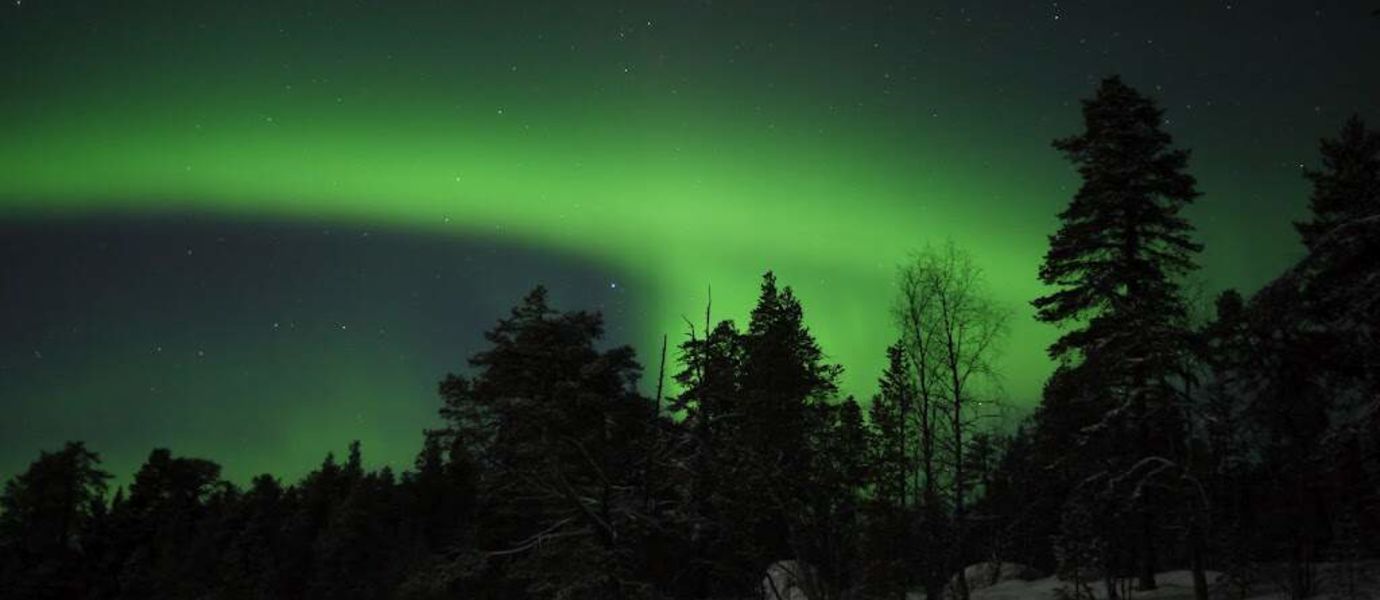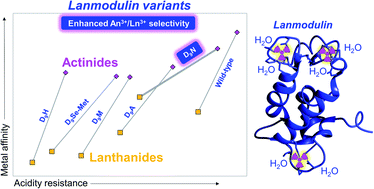2022-05-16 フィンランド・アールト大学

アールト大学のウント・K・レイン名誉教授は、オーロラ音の録音を行い、この現象がこれまで考えられてきたよりもはるかに一般的で、オーロラが見えない場合でも発生することを明らかにした。
新しい録音は、夜、フィスカルス村の近くで行われた。オーロラは見えなかったが、レインの録音には何百もの「オーロラ音」の候補が収められている。この録音をFMIによる地磁気活動の測定値と比較したところ、強い相関関係があることが明らかになった。候補となった60の音は、すべて地磁気の変化と関連していた。
<関連情報>
- https://www.aalto.fi/en/news/the-aurora-borealis-can-be-heard-even-when-they-cant-be-seen
- https://www.researchgate.net/publication/359861885_Sound_producing_mechanism_in_the_temperature_inversion_layer_and_its_sensitivity_to_geomagnetic_activity
温度逆転層における音発生機構と地磁気活動に対する感度 Sound producing mechanism in the temperature inversion layer and its sensitivity to geomagnetic activity
Unto Kalervo Laine
May 2022
Conference: BNAM2022 Baltic Nordic Acoustic Meeting
At: Aalborg, Denmark
Abstract
Sounds associated with aurora borealis, so called Auroral Sounds (AS), are explained by electrical discharges occurring in the Temperature Inversion Layer (TIL) approximately 75 meters above the ground [1]. It is assumed that under favourable weather conditions the number of AS events depends on the activity of the geomagnetic (GM) storm. Historical testimonies of AS indicate that the GM storm should be strong enough to rise bright and lively auroras to the zenith before these sounds can be observed. The goal of this study is to test the relevancy of this claim by studying the sensitivity of the AS producing mechanism under moderate GM activity. A four-hour sound measurement was performed around the local magnetic midnight on Jan 25–26, 2022 at Fiskars village in southern Finland. Sixty AS event candidates were manually selected and their temporal distributions and period histograms constructed for statistical comparisons with the GM data measured simultaneously by the Finnish Meteorological Institute (FMI) at Nurmijärvi Geophysical Observatory (NGO). The data was also used for regression models to study possible causal relationship between the GM activity and the AS events. A strong causality was found. The temporal distribution of the sounds was predicted by the GM activity with 90% accuracy after a delay of 21 min. The results show that in good weather conditions the AS events are much more common than previously thought.



